
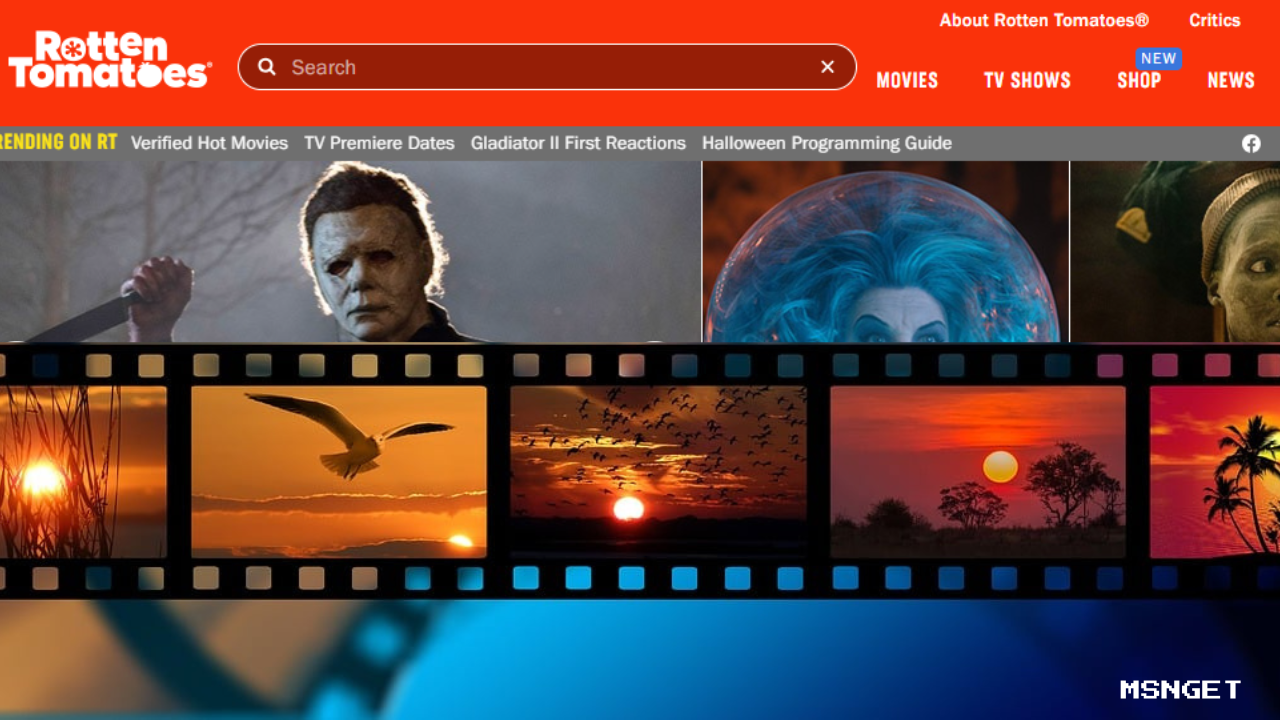
Rotten Tomatoes: The Go-To Movie Review Guide
Rotten Tomatoes has emerged as a trusted platform for movie and TV show reviews, providing audiences with a comprehensive view of critical and public opinion. This website offers insights that help users make informed viewing choices, from blockbuster films to indie gems. Let’s dive deeper to understand how Rotten Tomatoes works and its significance in today’s entertainment world.
What is Rotten Tomatoes?
Launched in 1998, Rotten Tomatoes is a movie and TV show review aggregator consolidating professional critics’ ratings from various publications and independent platforms. The platform was designed to offer a collective voice to the countless movie reviews available online, making it easier for viewers to assess a film or series’s overall reception.
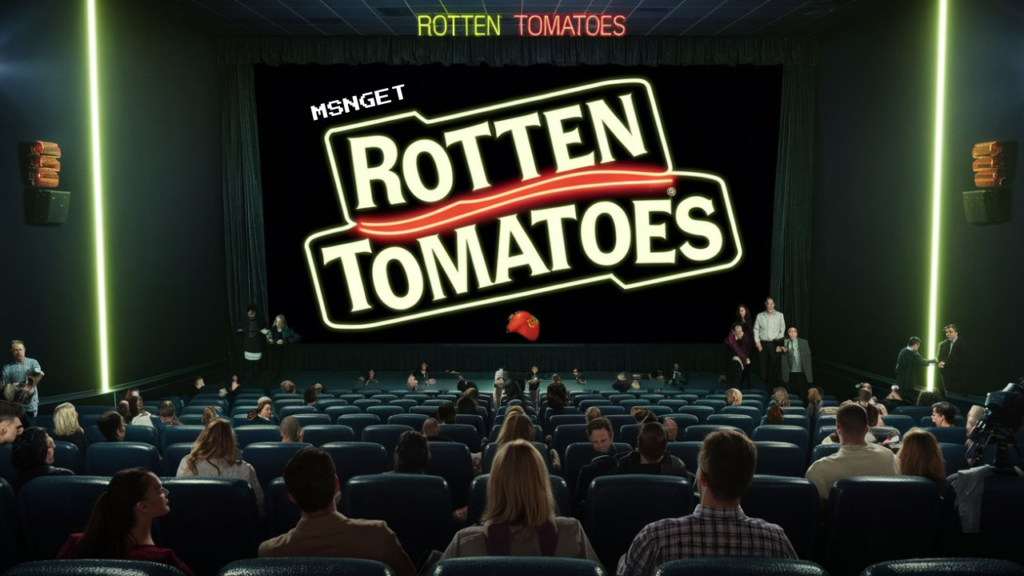
How Does Rotten Tomatoes Work?
Critic Reviews and the Tomatometer
The backbone of Rotten Tomatoes lies in its “Tomatometer” score. This score represents the percentage of professional critics who have given a movie or TV show a positive review. Here’s how it works:
- Review Aggregation: The site collects reviews from critics, including major media outlets, online publications, and independent critics. These reviews are classified as either “Fresh” (positive) or “Rotten” (negative).
- Calculating the Tomatometer: Based on the classification, the platform calculates the percentage of positive reviews, resulting in the Tomatometer score. For instance, a film with a 75% Tomatometer score means that 75% of the critics gave it a positive rating.
- Certified Fresh Status: When a movie or show achieves a Tomatometer score of 75% or higher and receives reviews from a minimum number of critics, it earns the “Certified Fresh” badge, signifying a higher level of critical acclaim.

Audience Score: What Do Viewers Think?
In addition to the Tomatometer, Rotten Tomatoes features an “Audience Score” that reflects the opinions of everyday viewers:

- User Ratings: Viewers can submit ratings and reviews, offering a different perspective than professional critics.
- Scoring System: The Audience Score is calculated based on the percentage of users who gave the film or show a rating of 3.5 stars or higher. This allows viewers to see how well a film resonates with the general public.
Why Use Rotten Tomatoes?
Informed Viewing Decisions
Rotten Tomatoes provides a convenient way for movie enthusiasts to gauge whether a film or series is worth watching. The platform’s combination of critic and audience reviews enables users to make more informed decisions:
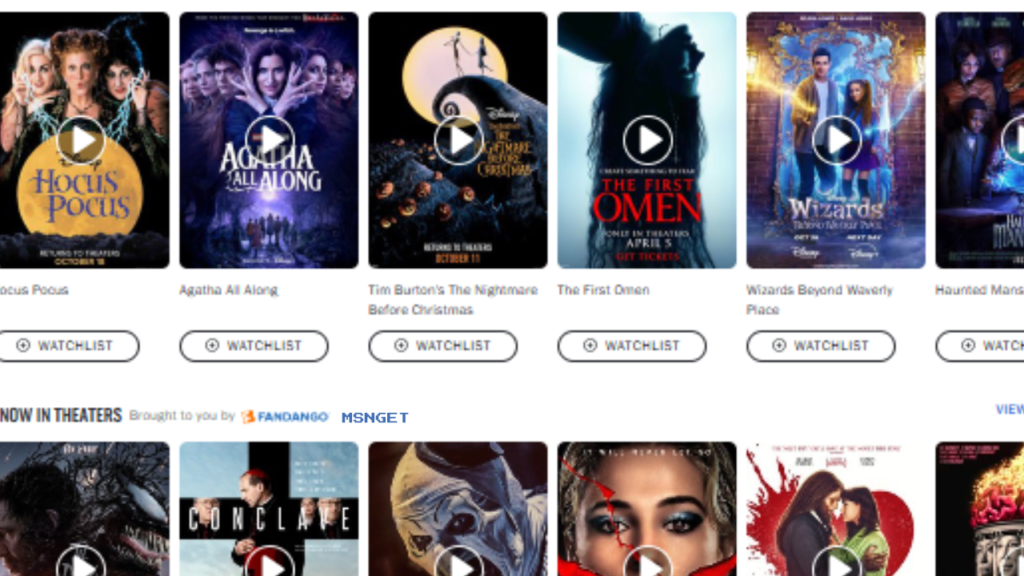
- Diverse Opinions: With various critics offering their views, Rotten Tomatoes presents different perspectives on a film’s quality. This can be particularly helpful when exploring lesser-known movies or genres.
- Balanced Insights: The dual approach of showcasing critic scores alongside audience opinions ensures that viewers understand how a film is perceived.
User Ratings Offer Valuable Feedback
While professional critics offer a more formal evaluation, everyday viewers provide insight into how films and shows connect emotionally. By considering the Audience Score, users can identify movies that might be more entertaining despite receiving lower critic ratings.
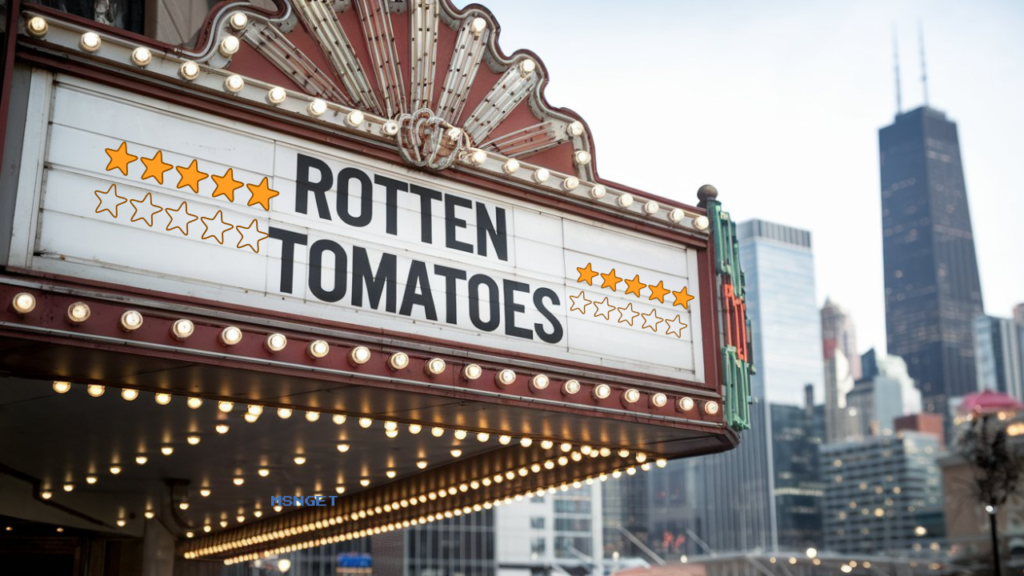
The Debate Around Rotten Tomatoes
Critics vs. Audience: A Difference in Opinion?
Sometimes, there can be a significant discrepancy between the Tomatometer and Audience Score. This often leads to debates about the reliability of Rotten Tomatoes as a review source. Some common reasons for these differences include:

- Genre Bias: Certain genres like horror or action-comedy may not fare well with critics who prefer more nuanced storytelling. However, these films often receive high Audience Scores because they appeal to fans who appreciate the genre’s unique qualities.
- Expectations vs. Reality: When a movie is highly anticipated, the expectations may influence critics’ reviews. Audience reactions, on the other hand, might be more forgiving if the film meets basic entertainment standards.
Does Rotten Tomatoes Influence Box Office Success?
There is ongoing debate about the impact of Rotten Tomatoes on box office earnings. While some industry insiders argue that a high Tomatometer score can boost ticket sales, others claim that audiences are more likely to decide based on trailers and personal preferences:
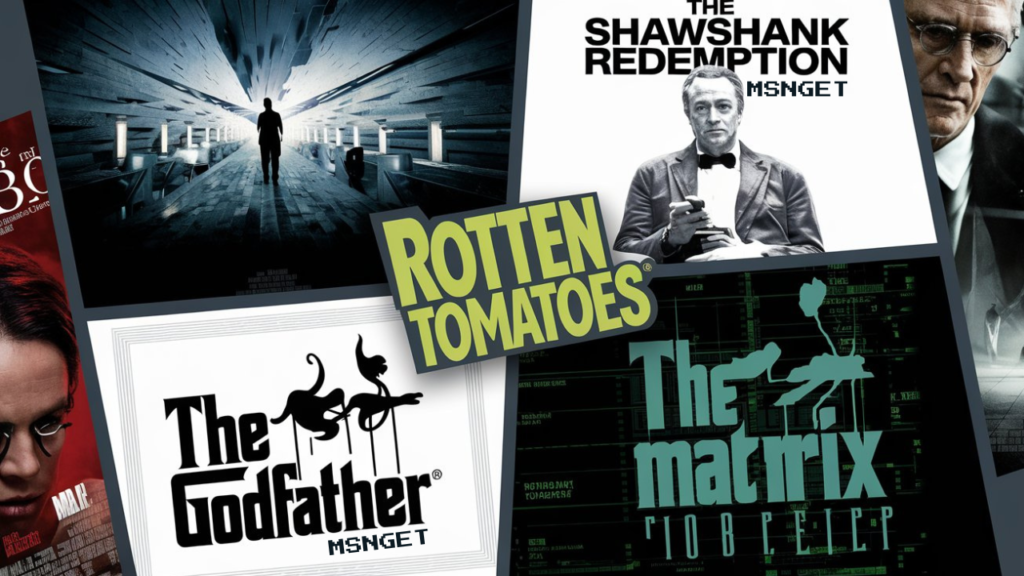
- The Positive Effect: Films with a “Certified Fresh” rating often receive a boost in marketing appeal, as viewers see the high score as a recommendation.
- Negativity’s Impact: Conversely, movies with lower scores may face reduced attendance, mainly when potential viewers rely on Rotten Tomatoes to decide which films to watch.
Rotten Tomatoes and Streaming Services
The rise of streaming services has also influenced the role of Rotten Tomatoes. With countless shows and movies available on platforms like Netflix, Hulu, and Disney+, users often turn to review aggregators to sift through the content overload:
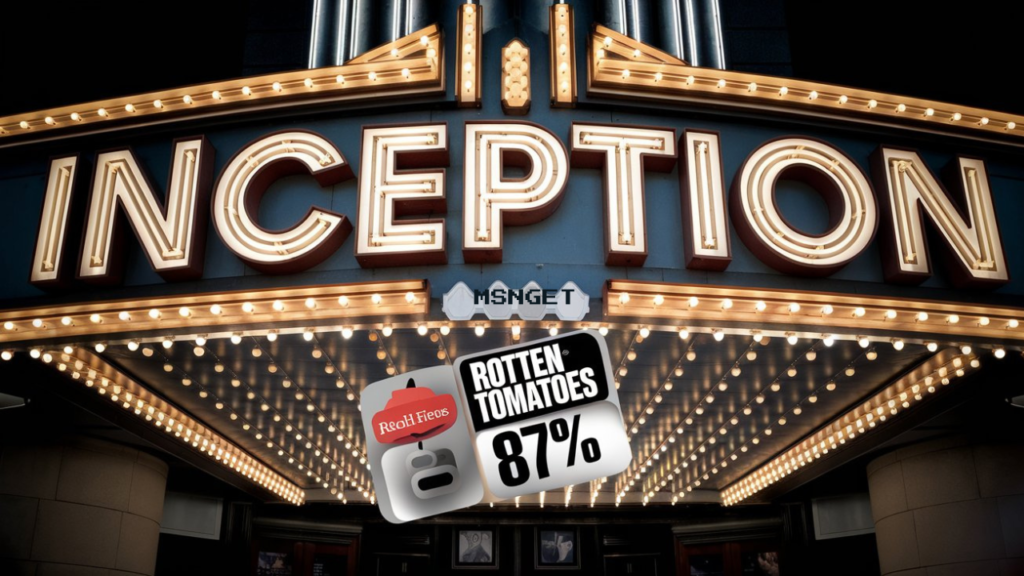
- Binge-Watching Recommendations: Viewers often consult the Tomatometer before committing to a series or movie to determine whether the show is worth investing their time in.
- Streaming vs. Theaters: In the era of digital streaming, the importance of Rotten Tomatoes has grown as people seek reviews to guide their choices in the vast library of streaming content.
Does Rotten Tomatoes Reflect Personal Taste?
While Rotten Tomatoes provides a helpful overview of a film’s reception, it is essential to remember that ratings are not definitive. Here are some points to consider when using the platform:
Also Read: Counter-Strike 1.6 (2003) Game Icons Banners
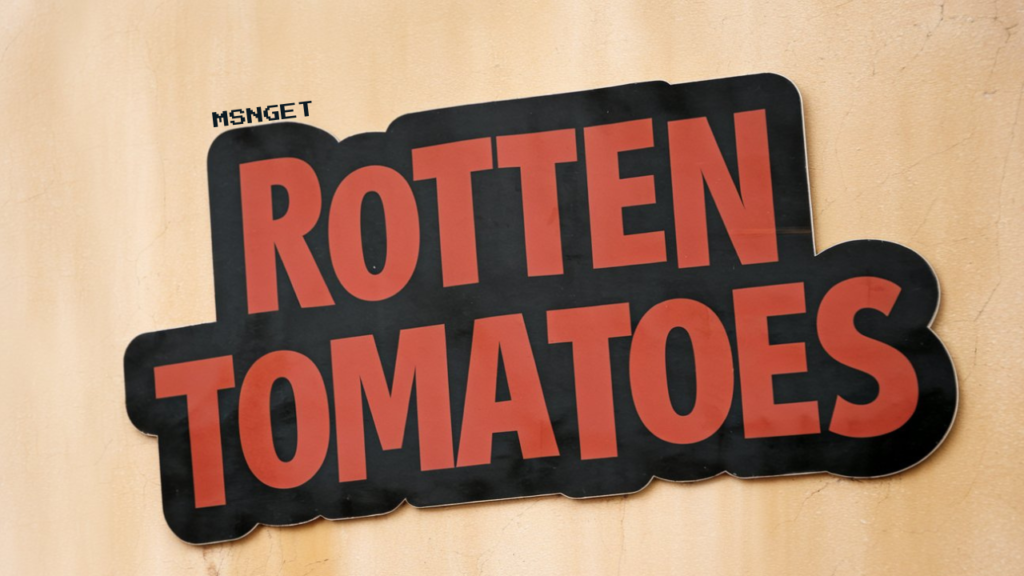
- Personal Preferences Matter: A high Tomatometer score does not necessarily mean you will enjoy the film. Likewise, movies with lower scores might still entertain those with specific genre tastes.
- Diverse Reviews: With critics from various backgrounds offering different takes, the platform is a valuable tool for comparing opinions, but it should not be the sole factor in decision-making.
Rotten Tomatoes vs. Other Review Sites
Rotten Tomatoes isn’t the only review aggregator in town. Here’s how it compares with other platforms:
- Metacritic: Unlike Rotten Tomatoes, Metacritic assigns a weighted average score to reviews, giving more influence to certain critics. This provides a slightly different perspective on film ratings.
- IMDb: The Internet Movie Database (IMDb) allows users to rate films and shows but does not aggregate professional critic reviews in the same manner as Rotten Tomatoes.
- Letterboxd: This platform focuses more on user reviews and social interaction, letting film enthusiasts share and discuss their opinions.
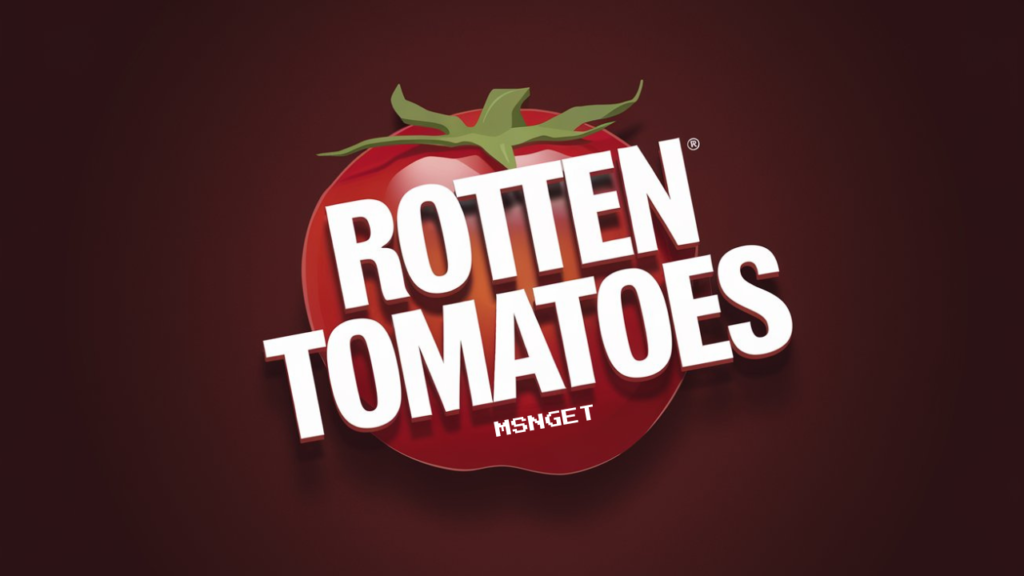
How to Use Rotten Tomatoes Wisely
For the best experience, use Rotten Tomatoes as a guide rather than a strict rulebook. Here are some tips:
- Read Individual Reviews: Don’t just rely on the Tomatometer score. Exploring individual reviews can provide more context and insight into why a film received a particular rating.
- Consider Both Scores: Balance the Tomatometer and Audience Score to get a more complete picture of the movie’s reception.
- Follow Trusted Critics: If there are certain critics whose opinions you value, pay closer attention to their reviews on Rotten Tomatoes.
Is Rotten Tomatoes Here to Stay?
The future of Rotten Tomatoes seems promising as long as people continue to seek out trustworthy movie reviews. While the platform has faced criticism over its scoring system and alleged influence on the industry, its overall utility remains undeniable. By offering an easily accessible source of aggregated reviews, Rotten Tomatoes has cemented its place as a critical player in the entertainment world.
Conclusion
Rotten Tomatoes is more than just a review site; it is a cultural phenomenon that reflects the evolving relationship between critics, audiences, and the film industry. Whether or not you agree with the scores, it undoubtedly influences how people choose what to watch. As long as movies and TV shows continue captivating audiences, Rotten Tomatoes will remain relevant, helping viewers navigate the vast entertainment landscape.











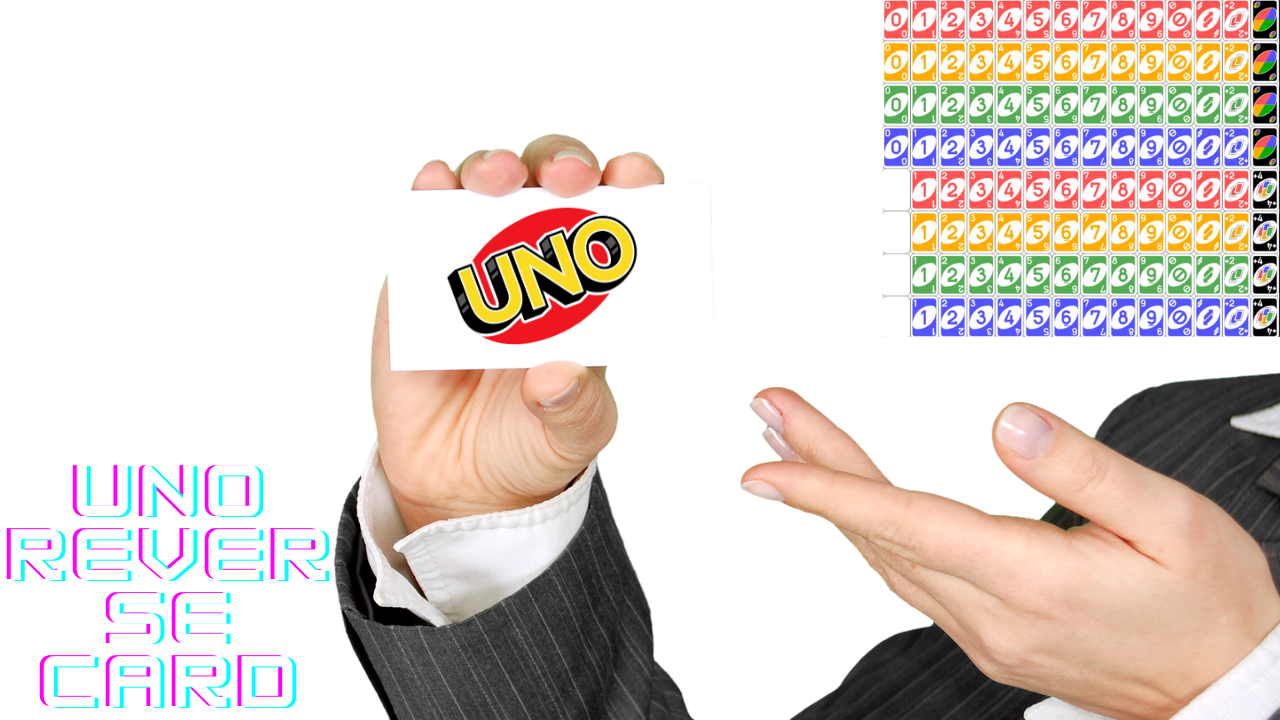



One thought on “Rotten Tomatoes: The Go-To Movie Review Guide”